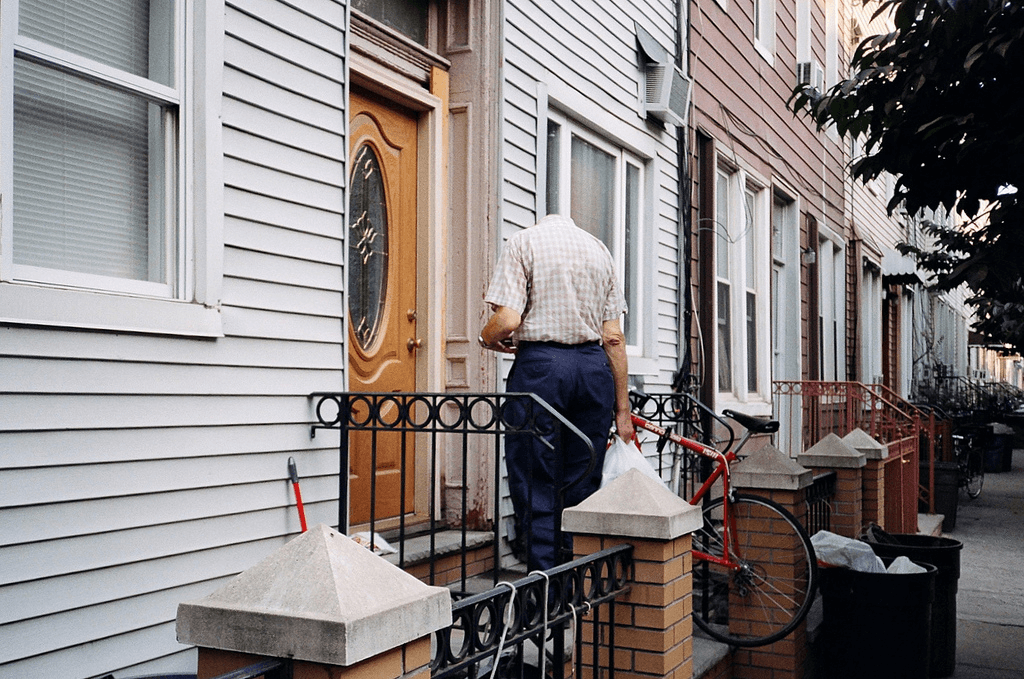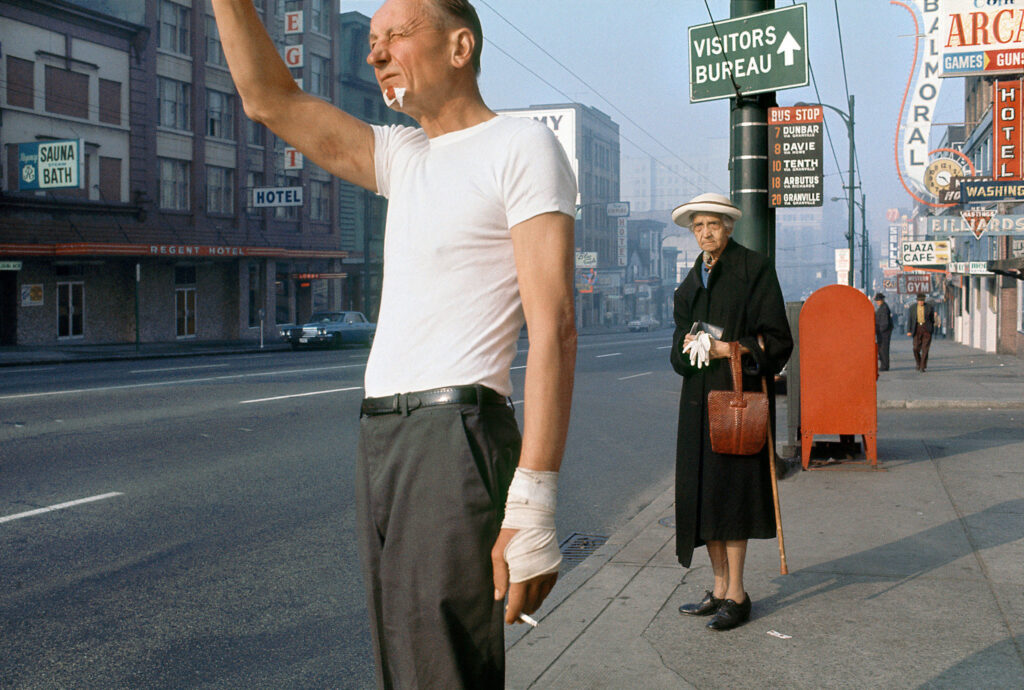An Unbiased View of Street Photographers
An Unbiased View of Street Photographers
Blog Article
Street Photographers Can Be Fun For Anyone
Table of ContentsThe smart Trick of Street Photographers That Nobody is Talking AboutSee This Report about Street PhotographersExcitement About Street PhotographersThe Street Photographers IdeasThe Facts About Street Photographers Uncovered
Street photographers do not always have a social function in mind, however they prefer to separate and catch moments which could otherwise go undetected.He was influenced by several of those who affected the road photographers of the 1950s and '60s, he was not primarily interested in capturing the spirit of the street. The impulse to aesthetically document individuals in public began with 19th-century painters such as Edgar Degas, douard Manet, and Henri de Toulouse-Lautrec, who functioned side by side with professional photographers attempting to capture the essence of city life.
As a result of the relatively primitive modern technology available to him and the long direct exposure time needed, he battled to capture the hustle and bustle of the Paris roads. He experimented with a series of photo approaches, attempting to discover one that would certainly permit him to capture motion without a blur, and he found some success with the calotype, patented in 1841 by William Henry Fox Talbot. Unlike Atget, professional photographer Charles Marville was hired by the city of Paris to develop an encyclopaedic document of Haussmann's urban planning job as it unravelled, thus old and new Paris. While the photographers' subject was basically the very same, the outcomes were significantly various, demonstrating the effect of the photographer's bent on the personality of the photos he generated.
Given the fine high quality of his pictures and the breadth of material, designers and musicians commonly bought Atget's prints to use as recommendation for their own work, though industrial rate of interests were rarely his major motivation. Instead, he was driven to photo every last residue of the Paris he enjoyed. The mingled interest and urgency of his mission shine through, resulting in pictures that narrate his own experience of the city, qualities that anticipated street digital photography of the 20th century.
What Does Street Photographers Mean?
They disclose the city with his eyes. His job and basic understanding of digital photography as an art kind acted as inspiration to generations of professional photographers that adhered to. The future generation of street digital photographers, though they likely did not refer to themselves thus, was ushered in by the photojournalism of Hungarian-born digital photographer Andr Kertsz.
Unlike his peers, Brassa utilized a larger-format Voigtlnder cam with a longer exposure time, requiring him to be more calculated and thoughtful in his practice than he might have been if making use of a Leica. (It is believed that he may not have actually had the ability to afford a Leica back then, but he did, however, utilize one in the late 1950s to take colour photographs.) Brassa's photos of the Paris abyss lit up by artificial light were a revelation, and the collection of the collection that he published, (1933 ), was a significant success.
Cartier-Bresson was a champion of the Leica video camera and among the initial professional photographers to maximize its capabilities. The Leica permitted the digital photographer to communicate visit with the environments and to record moments as they occurred. Its relatively tiny dimension also assisted the professional photographer fade into the background, which was Cartier-Bresson's favored strategy.
Little Known Facts About Street Photographers.
It is due to the fact that of this basic understanding of the art of image taking that he is frequently attributed with rediscovering the medium throughout again roughly a century since its innovation. He took photos for even more you can try here than a half century and affected generations of digital photographers to trust their eye and instinct in the minute.
These are the inquiries I will attempt to answer: And after that I'll leave you with my own definition of road digital photography. Yes, we do. Let's kick off with specifying what an interpretation is: According to (Street Photographers) it is: "The act of specifying, or of making something certain, distinctive, or clear"
No, most definitely not. The term is both restricting and misinforming. Seems like a street photography need to be images of a streets appropriate?! And all road digital photographers, with the exception of a handful of outright beginners, will completely appreciate that a street is not the key component to road photography, and actually if it's an image of a street with possibly a couple of uninteresting people doing absolutely nothing of rate of interest, that's not road digital photography that's a snapshot of a road.
Rumored Buzz on Street Photographers
He makes a valid factor don't you believe? While I concur with him I'm not certain "honest public photography" will catch on (although I do kind of like the term "honest photography") due to the fact that "road digital photography" has been around for a long time, with several masters' names attached to it, so I believe the term is here to stay (Street Photographers).
Inside?! I hear you yell as you tremble your hand to the skies. Why not? You can fire at the beach, at a celebration, in an alley, in a park, in a piazza, in a cafe, at a museum or art gallery, in a metro station, at an event, on a bridge, under a bridge ...

Getting My Street Photographers To Work

Report this page